I Have Questions About East Greenland
I am a fine art photographer in New York. I am looking for information in preparation for my August, 2021, trip to East Greenland. I’d love help with logistics, trekking, travel, and connecting to locals, researchers, and artists in Tasiilaq and the Helheim Glacier. My tentative plan is to be in East Greenland from mid-August to mid-September, 2021.
Any contacts, tips or help would be greatly appreciated.
I will document drastic environmental shifts occurring in arctic East Greenland, specifically at the Helheim Glacier. This is my second Greenlandic trip funded by the American-Scandinavian Foundation.
Specifically, I’d love help with:
- Practical knowledge of Tasiilaq, Kulusuk, Tiilerilaaq, and the glaciers.
- Logistics, such as transport to Helheim; possible treks; and notable dangers.
- Networking with artists, researchers, or scientists who might be in East Greenland.
- Connecting with local or Greenlandic groups whom I might meet with.
- Gaining additional funding support.
- Getting more awareness through journalists.
Please see below the project details and photographs from my first project.
Summary
Fine Art Landscape Photography Project Tracing Climate Change in East Greenland
Date
Mid-August to Mid-September, 2021
Locations
Primary: Tasiilaq, Helhiem Glacier, Kulusuk Airport, East Greenland
Secondary: Narsarsuaq glacier (due to COVID-19 travel restrictions)
Networking Request
- People that should show me spots of change
- Journalists covering these topics
- Scientists working in the region or arctic
- Government groups, environmental organizations
- Other artists
- Additional funding opportunities
- Guides/Outriggers/trekkers with knowledge of the regions
Project Ideas and Objectives
The fine art night photography project “Darkland,” traces changes to ice and land in extremely remote East Greenland while engaging with local communities.
The focus is on the fast-retreating Helheim Glacier, which is melting at about three feet an hour–and is possibly accelerating due to climate change.
Working directly with native people is key. Members of the Greenlandic community will help identify specific points of climate change occurring in the land. Later, I will edit the photographs which will be exhibited nationally and internationally. This kind of cross-cultural collaboration is essential to the project and will help the work have a lasting impact.
Specifically, I will create images of rapidly retreating glaciers, scarred landscape and exposed ground left in its wake, newly formed rivers from the ancient ice melt, shrinking icebergs and ice floes, images of and around the tiny settlements of Tasiilaq, Kulusuk, and Tiilerilaaq, abandoned villages, Inuit ruins, and vast, empty landscapes with traces of human intervention–all taken at dawn, twilight, or nighttime.
Methodology
The majority of the time will be spent at Helheim Glacier. There I will photograph at night, twilight or dawn the rapid ice melting, seen as partially blurred images due to the long photographic exposures. Greenlanders will help identify specific points of change in the land, which will be the locus of some or most of the photographs.
I will take approximately one to two thousand photos while there.
Artistic Approach
Part of my process is making images in complete darkness with extremely long exposures of an hour or more. Since it is nearly impossible to see through the viewfinder, I instead stand beside the camera “feeling” the image and intuitively framing it in the dark.
Artistic inspiration comes from painting and photography. This includes Hudson River School landscape painters such as Frederic Edwin Church, and others such as William Bradford, who explored the desolate coast of arctic Labrador, Canada. The mid-nineteenth century Canadian Group of Seven painters were also of interest. I am inspired too by photographers capturing changing worlds, such as Atget’s Paris and Carlton Watkins’ West, and those working at night such as Brassai.
I feel as raw land is exposed through the melting ice–as if a hidden truth is being revealed–I witness crushing forces of nature. The land is both evidence of symbol of destruction. Melting ice in Greenland seems to be a metaphor for change.
Significance of the Research
Recently there, 11 billion tons of melting ice was released in one day in August; fires, once rare, have scared the landscape; record-setting high temperatures are happening; suicide rates continue to be the highest in the world; Trump wanted to “buy” the country.
Set in extreme isolation is one of the largest and fastest retreating glaciers. Melting at about three feet an hour–you can almost see it move–is the Helheim Glacier, aptly named after the “realm of the dead” in Norse Mythology. This is climate change incarnate: so intense is the rapid melting that it creates a special category of earthquake known as a glacialquake. Most of the photographs will be made here.
Since my first trip three years ago, much has changed in Greenland; I want to return to see how. Most importantly, I feel it is crucial to complete this project in 2021 before the pristine Greenlandic landscape deteriorates further.
Proposed Location/Institutions in Scandinavia
The project can only be completed in Greenland at Helheim Glacier and in the settlements of Tasiilaq, Kulusuk, Tiilerilaaq where I can directly witness the changing landscape. After flying from New York in August, Tasiilaq will be a logistical base; helicopter, boats and guides will be used while camping and trekking in the area for about a month.
During the first trip to Greenland, I made significant local, governmental and cultural relationships. I was in direct contact with:
- Official Tourism and Business Council of Greenland.
- Minister of Education, Culture, Research and Church in Greenland.
- The Danish Consulate in New York.
- Local tour groups, guides, and organizations.
I compiled a contact list of journalists, scientists, artists, environmentalists and scholars, whom I will continue to reach out to as well as develop additional connections, including the Prime Minister of Greenland, the US Embassy, and others.
Successful Completion
Based on professional experience, I’m confident this will be completed within the timeframe of a month and on budget. During my previous ASF month-long trip to Greenland (and during other related grants/residencies), I arranged complex travel logistics, conducted extensive in-depth research, purchased specialized equipment, worked within a budget, and juggled all other aspects of a large creative project.
Dissemination of the Results
After completing the images, photographs will be carefully edited and color corrected resulting and a portfolio of about twenty 40×50” prints and a book dummy. These will be taken to existing and new gallery and museum curators for exhibitions, such as The Fondation Cartier pour l’Art Contemporain in Paris, who expressed interest in this body of work; the Winnipeg Art Gallery; the Louisiana Museum of Modern Art in Denmark; and to curators and other cultural institutions. I also have several gallery connections in New York, North American and Europe.
Talks, presentations and blog posts will be given at these exhibitions, and at arts and climate change-oriented organizations, such as at the Yale Club where I gave a talk on Greenland.
Finally, new media image making will be used. I will share images, comments and blog posts live and as they happen on Instagram, Snapchat, Twitter, and Facebook, to develop both local and international interest in the project.
Photographs from First Trip to Greenland
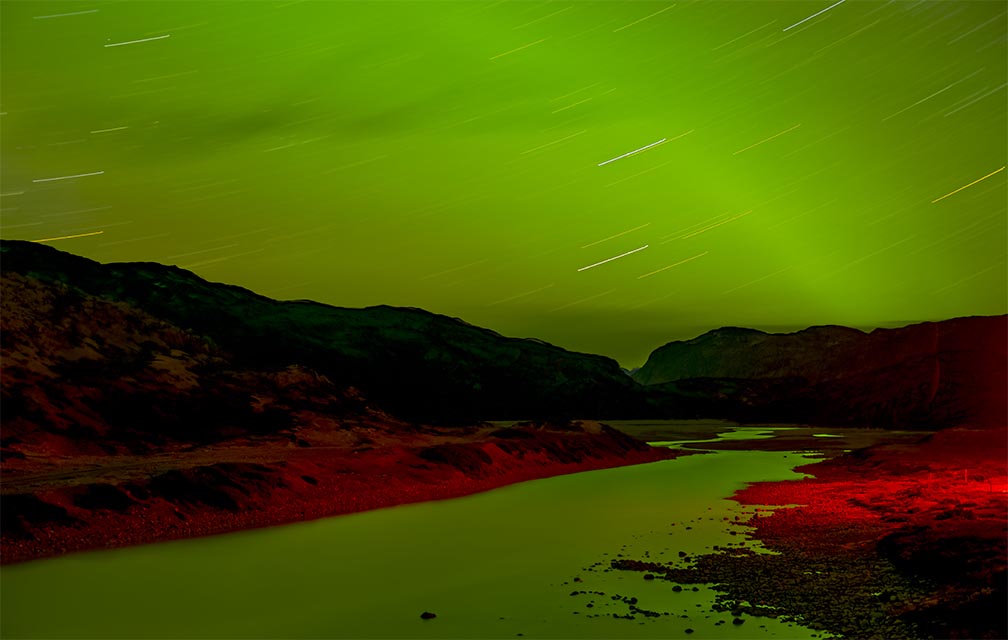

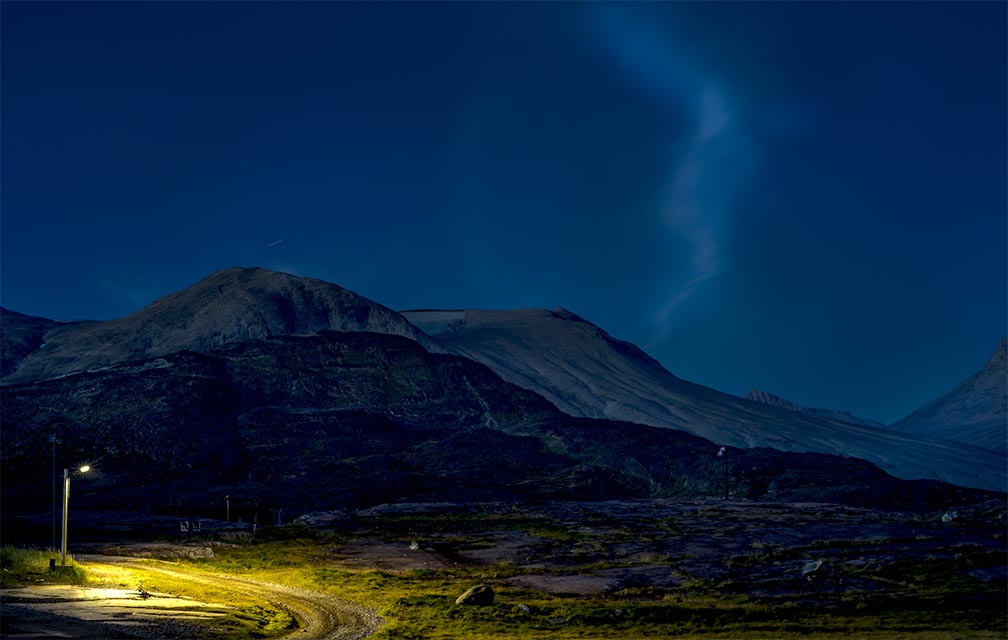

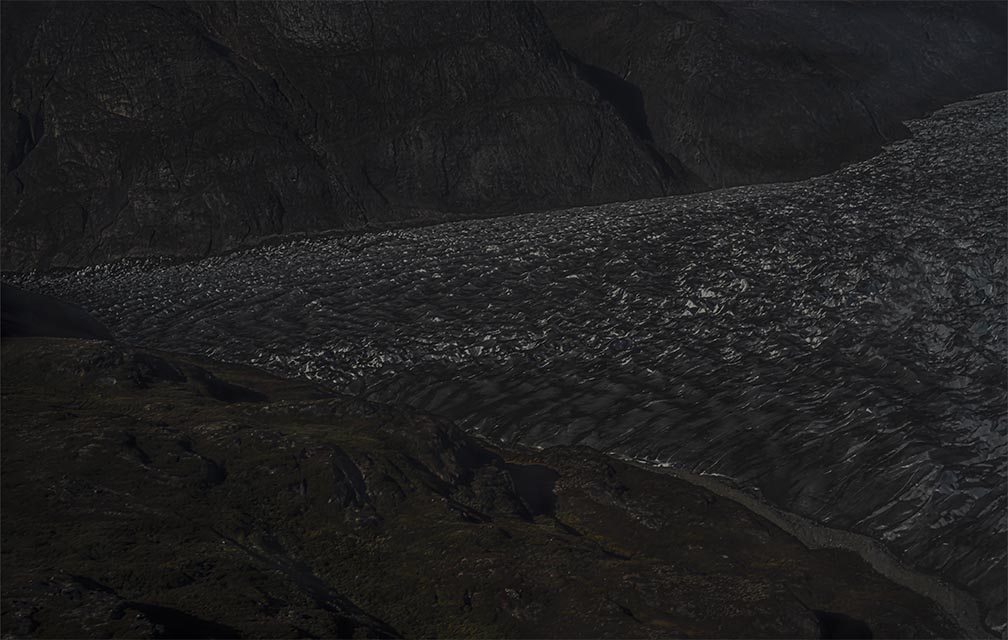

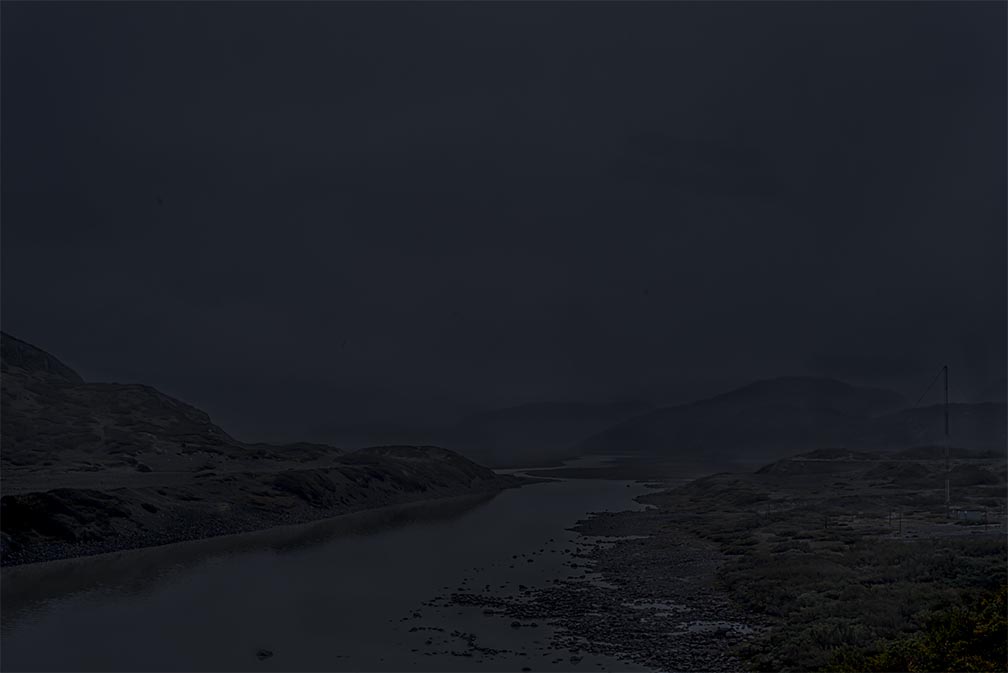

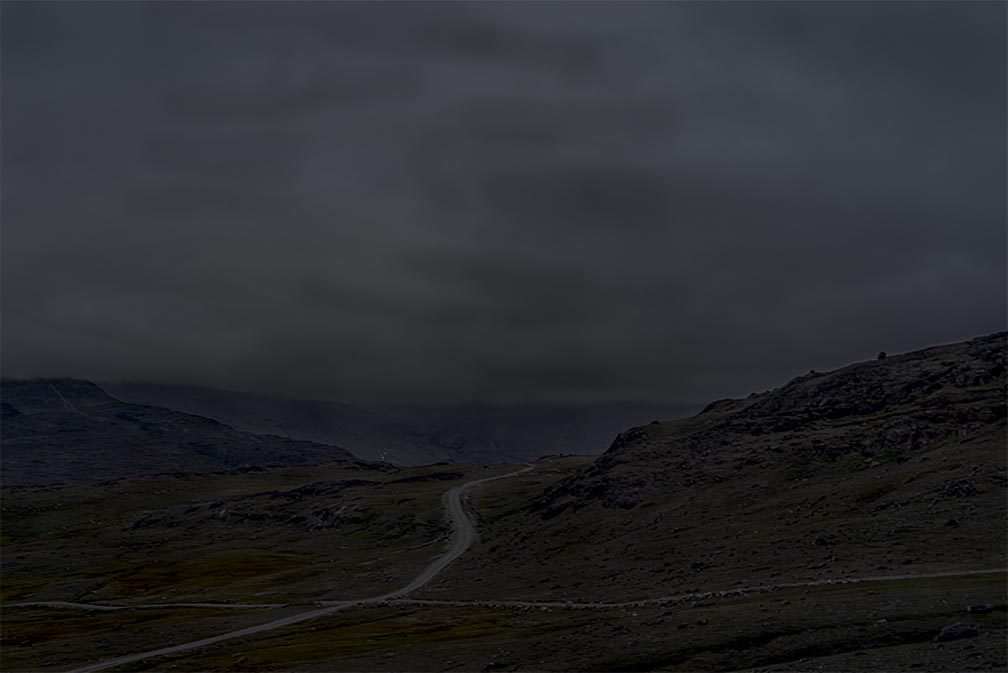

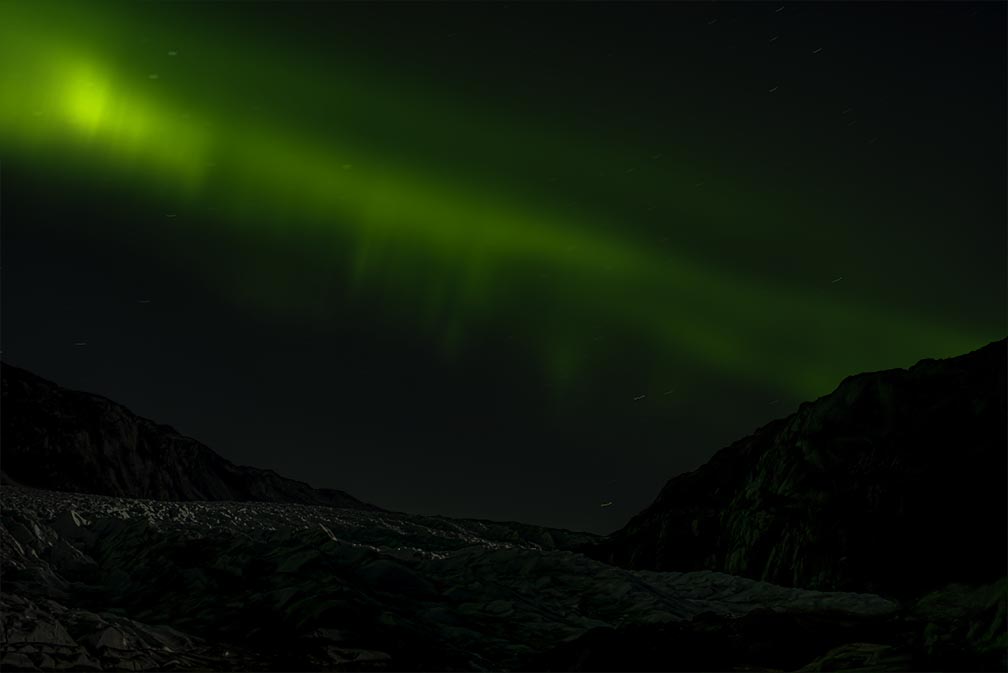

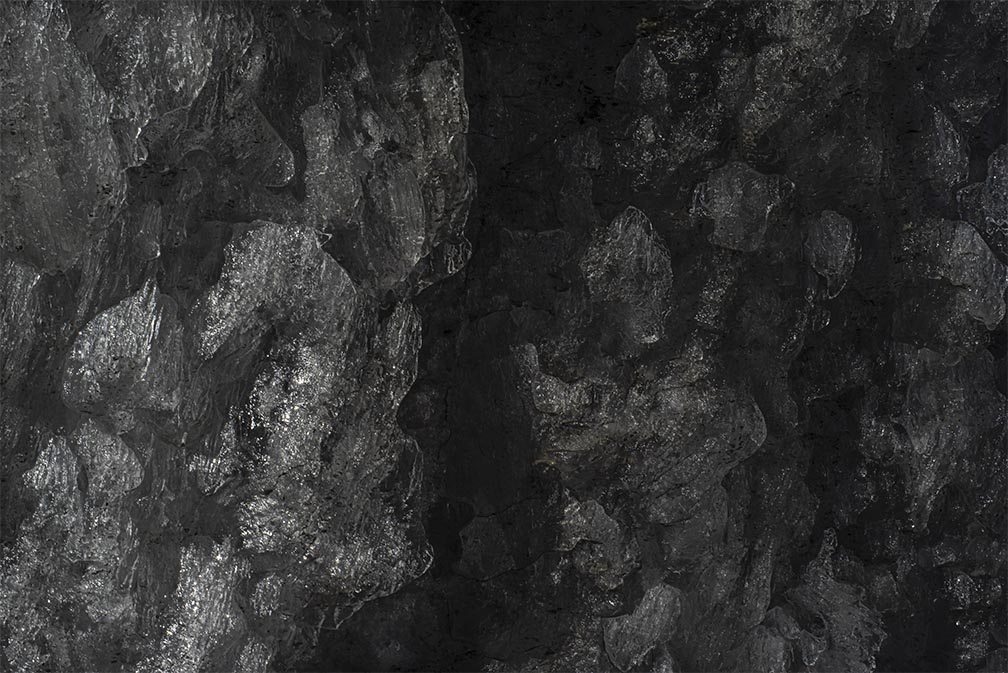

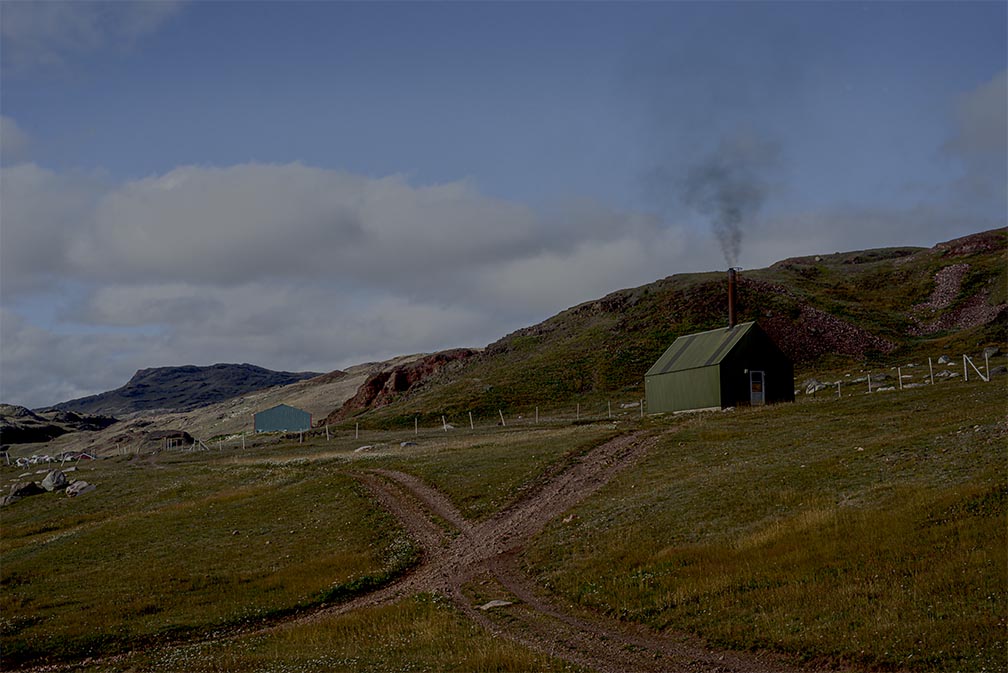

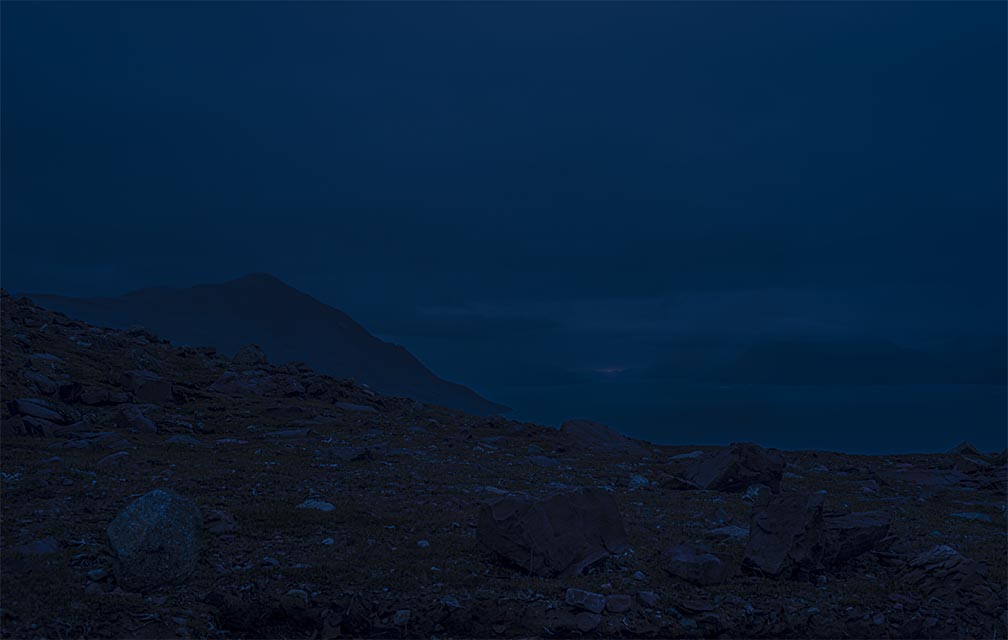

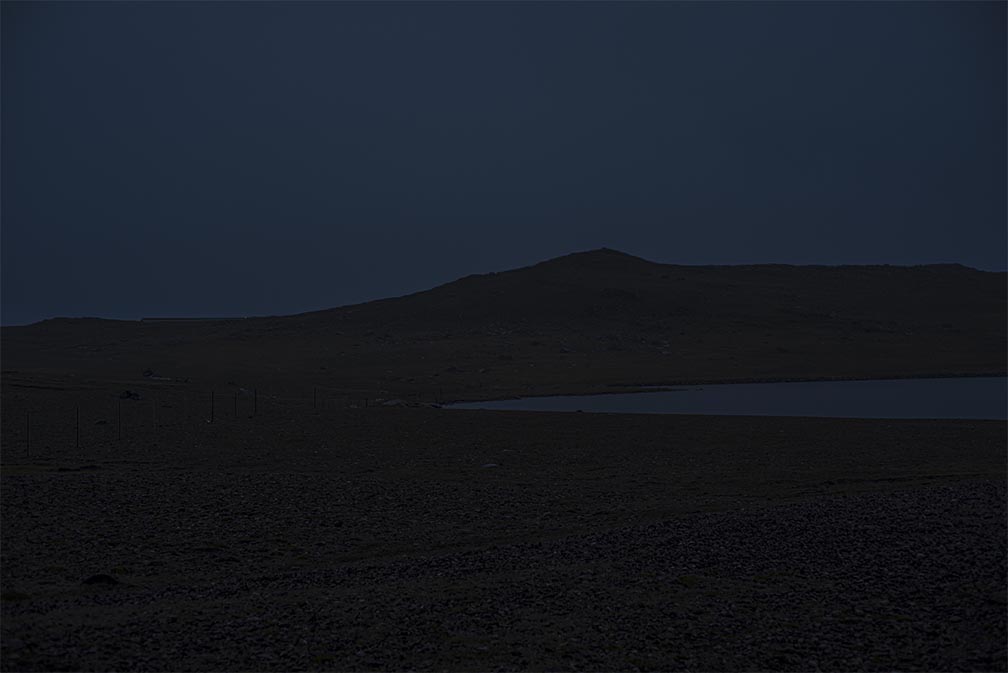

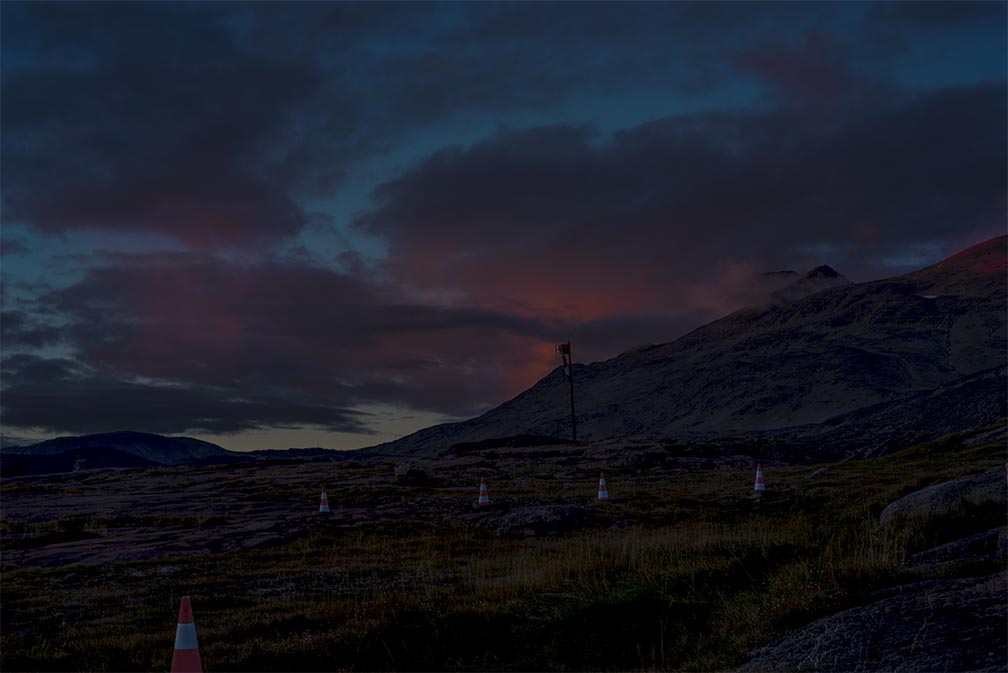

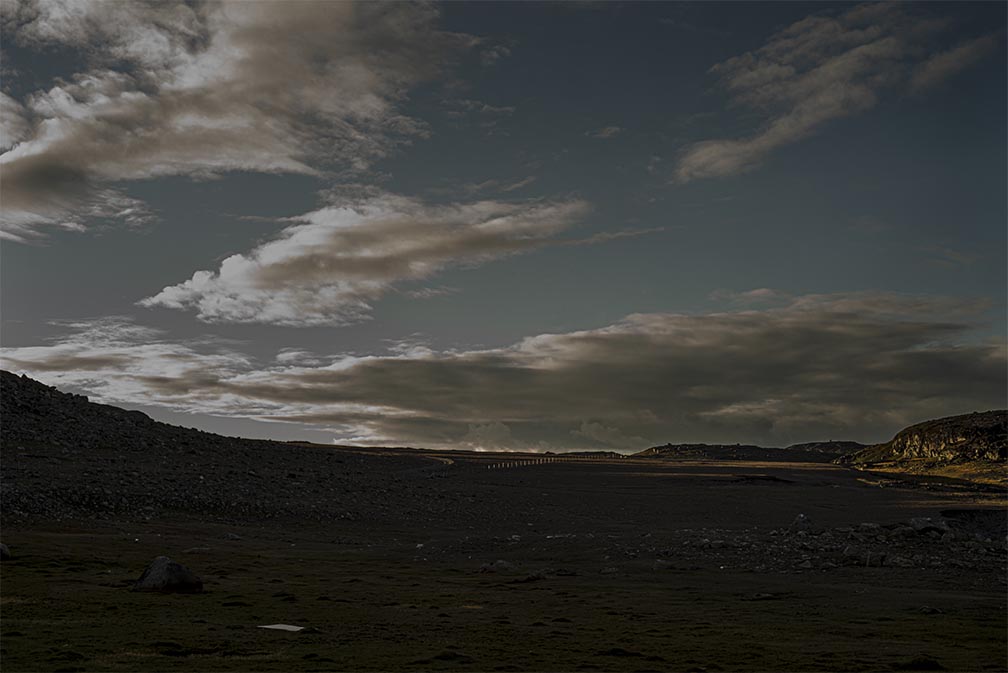

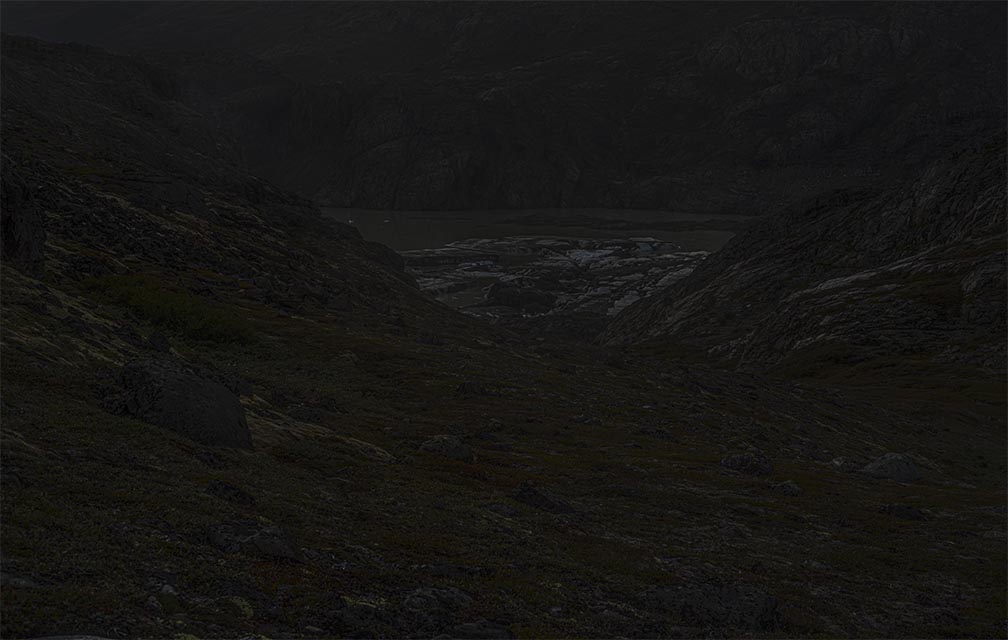

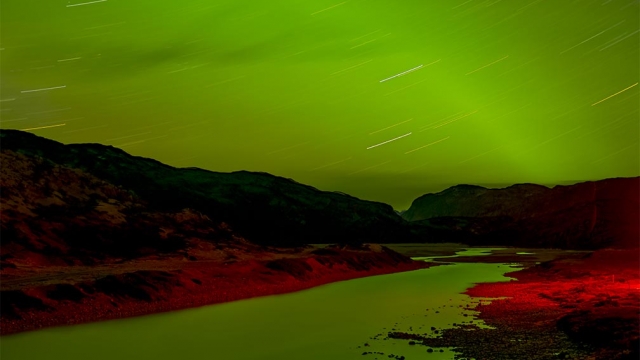



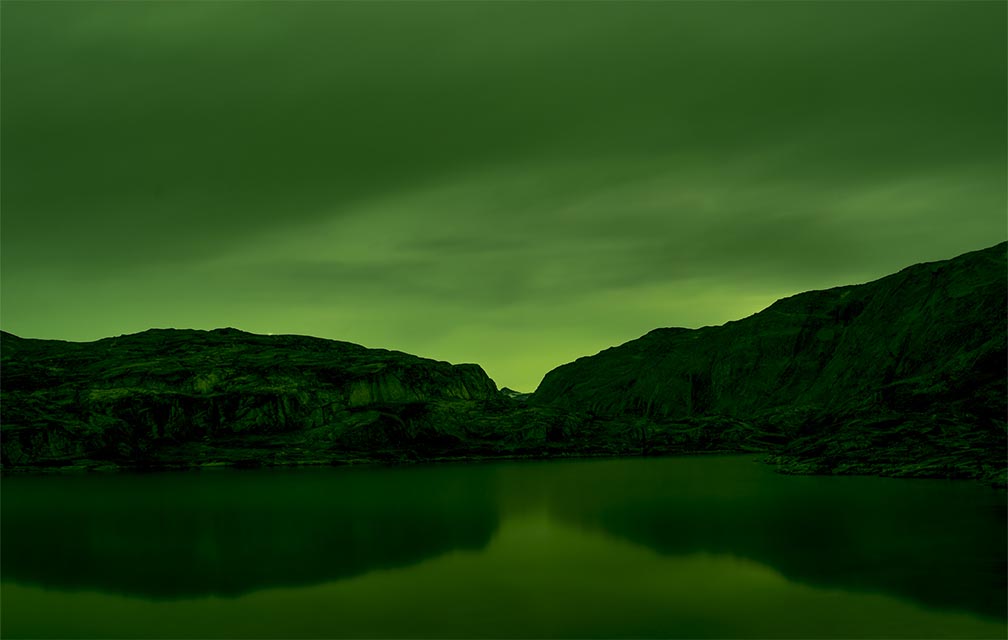

Comments are closed.